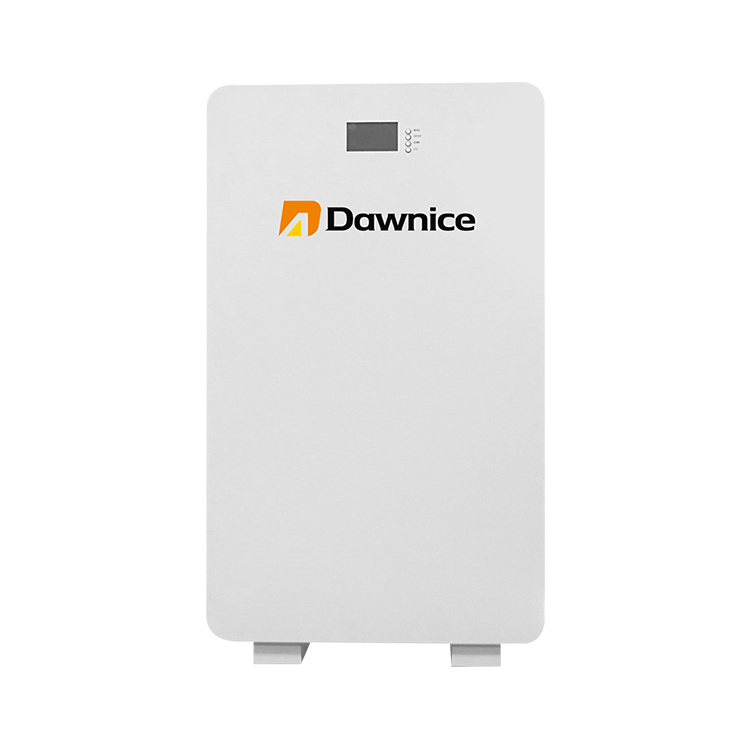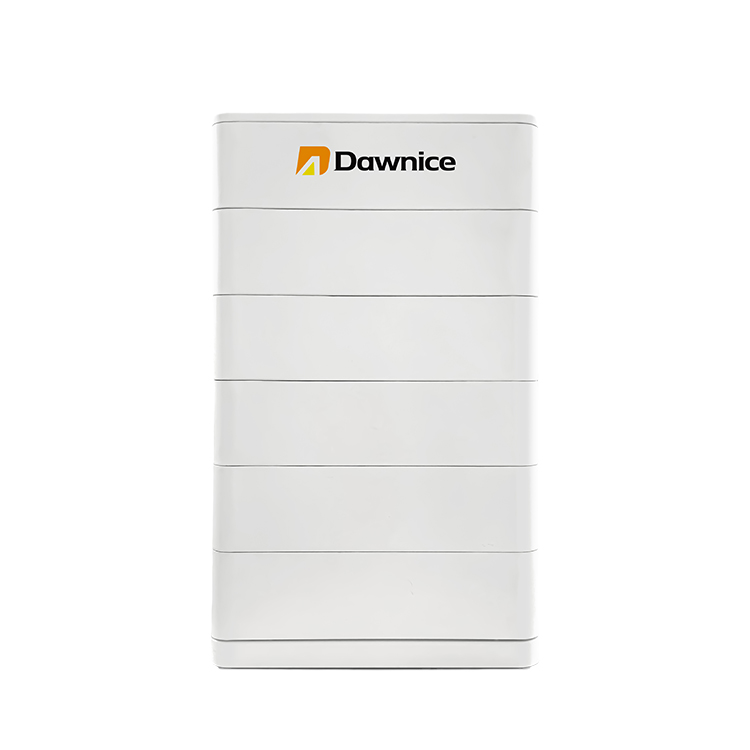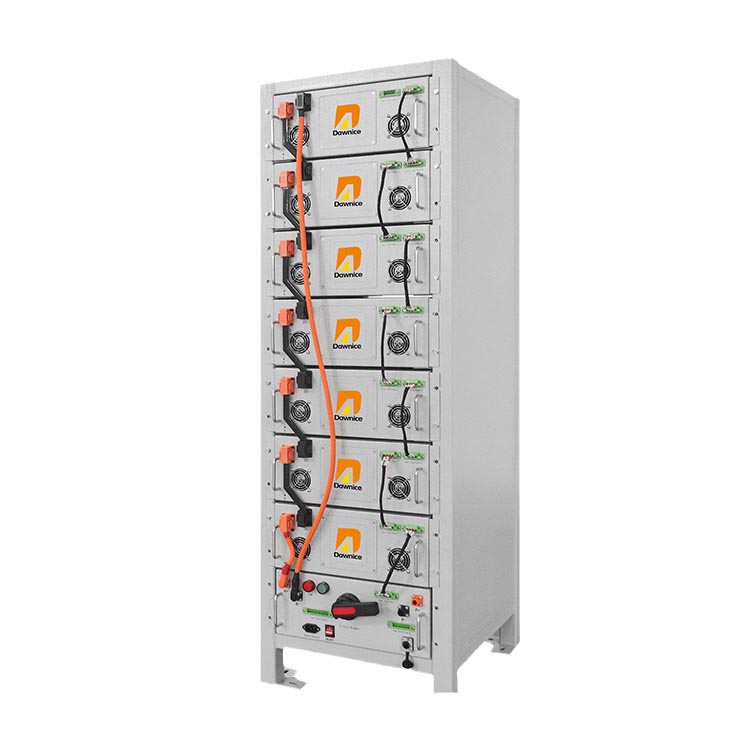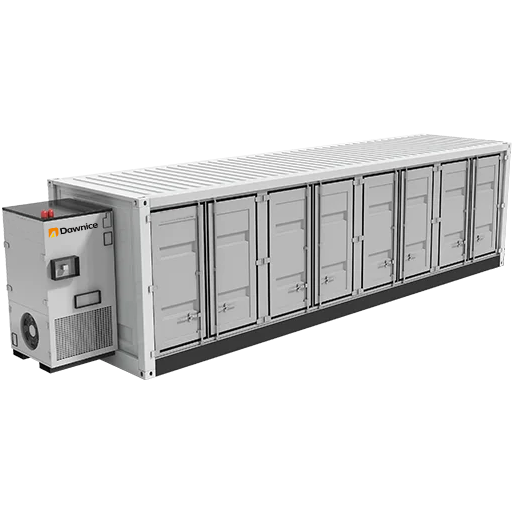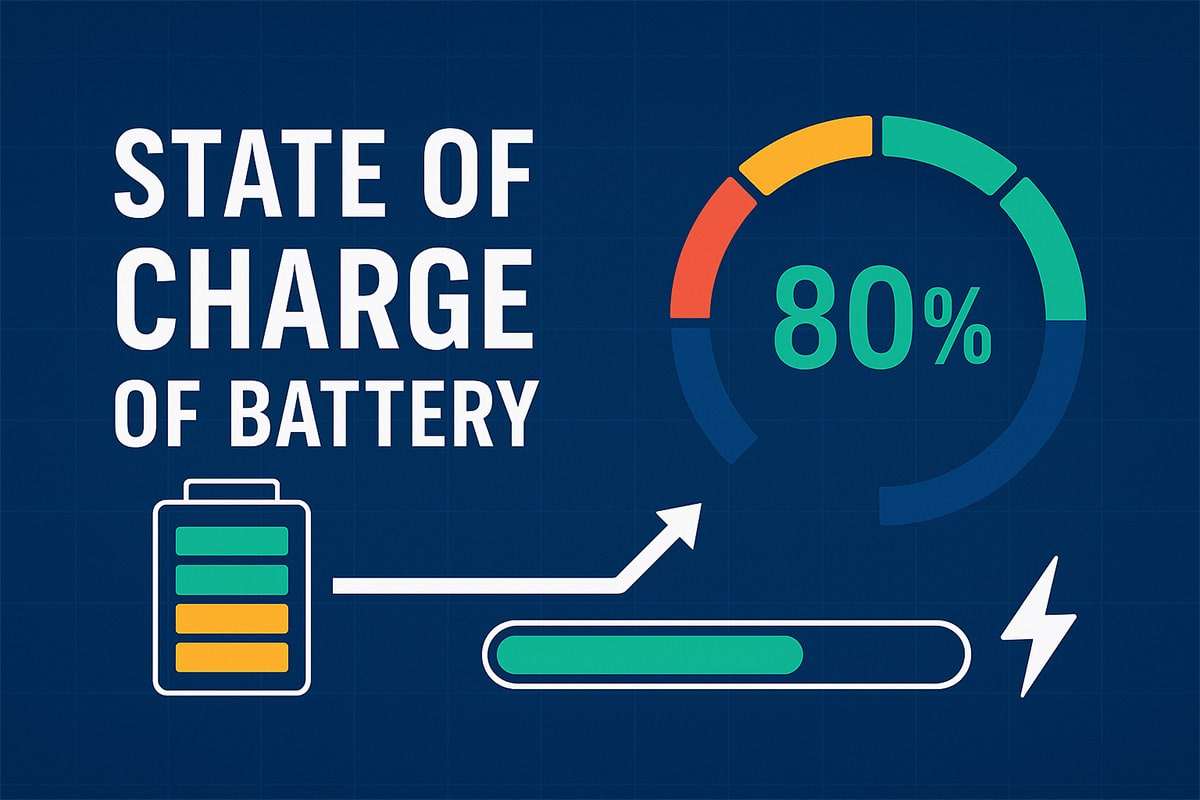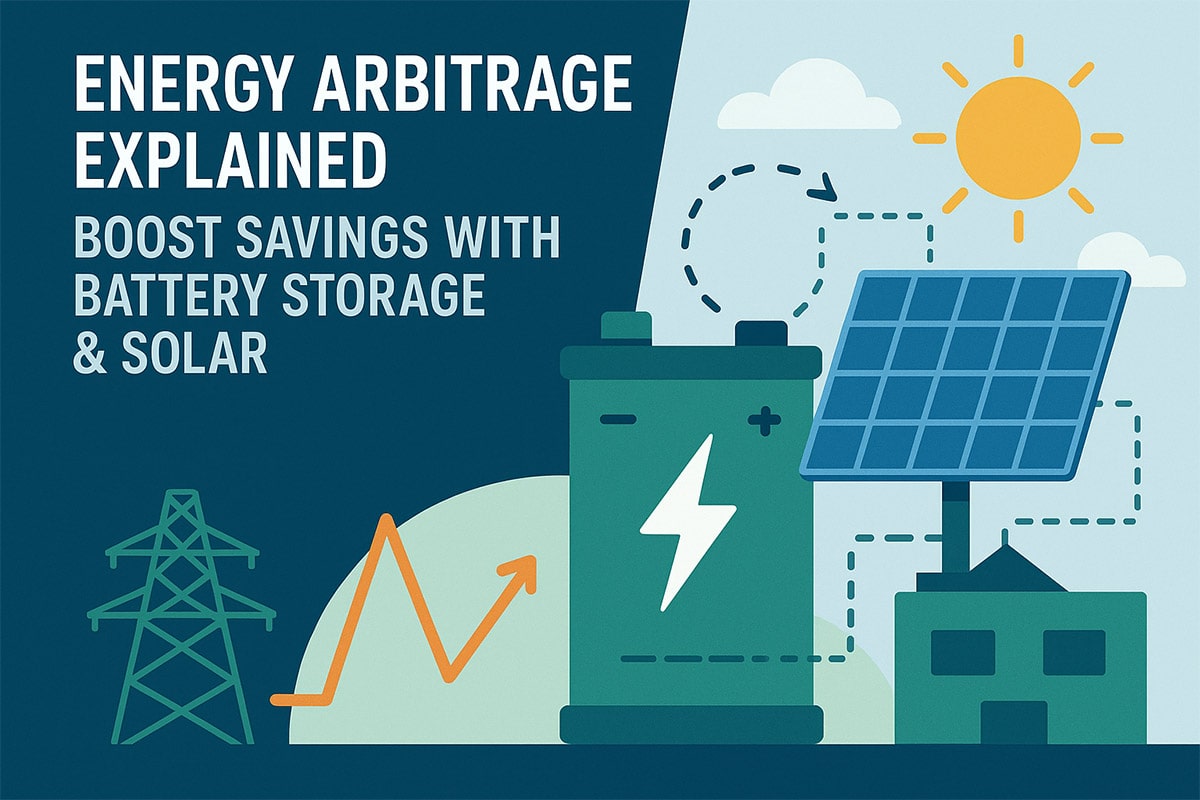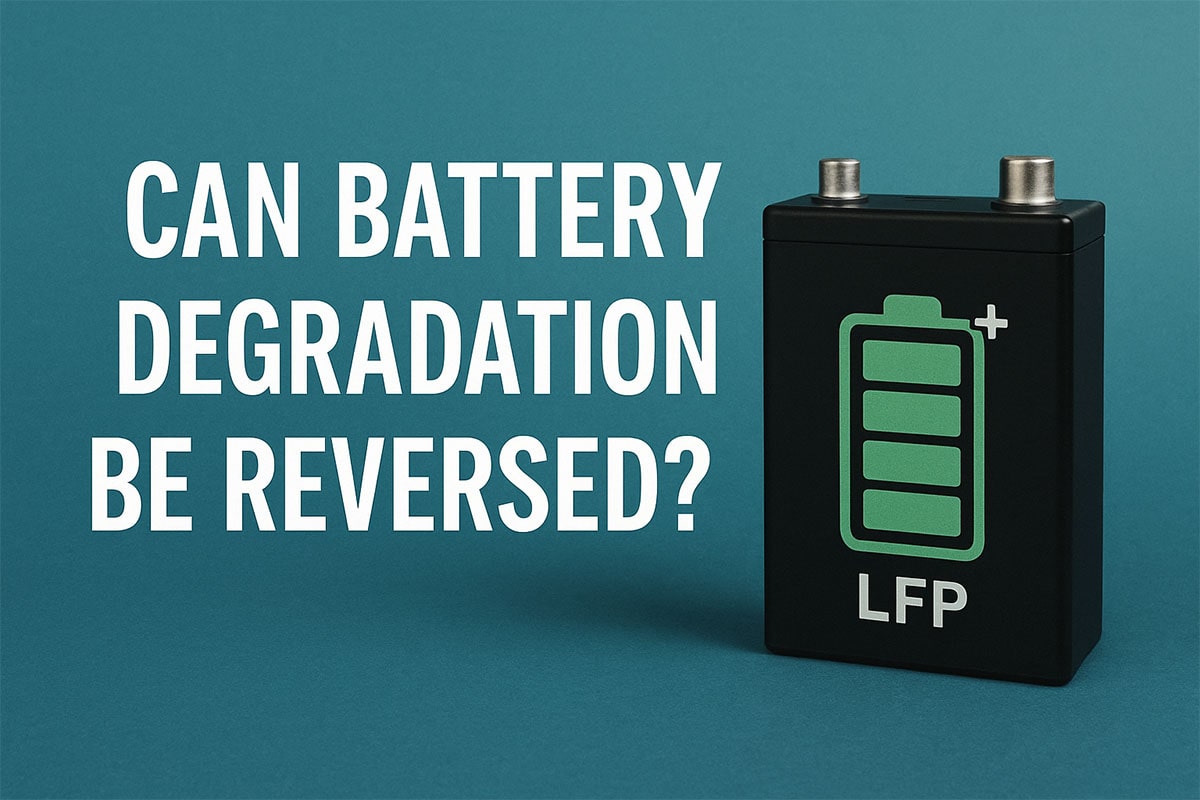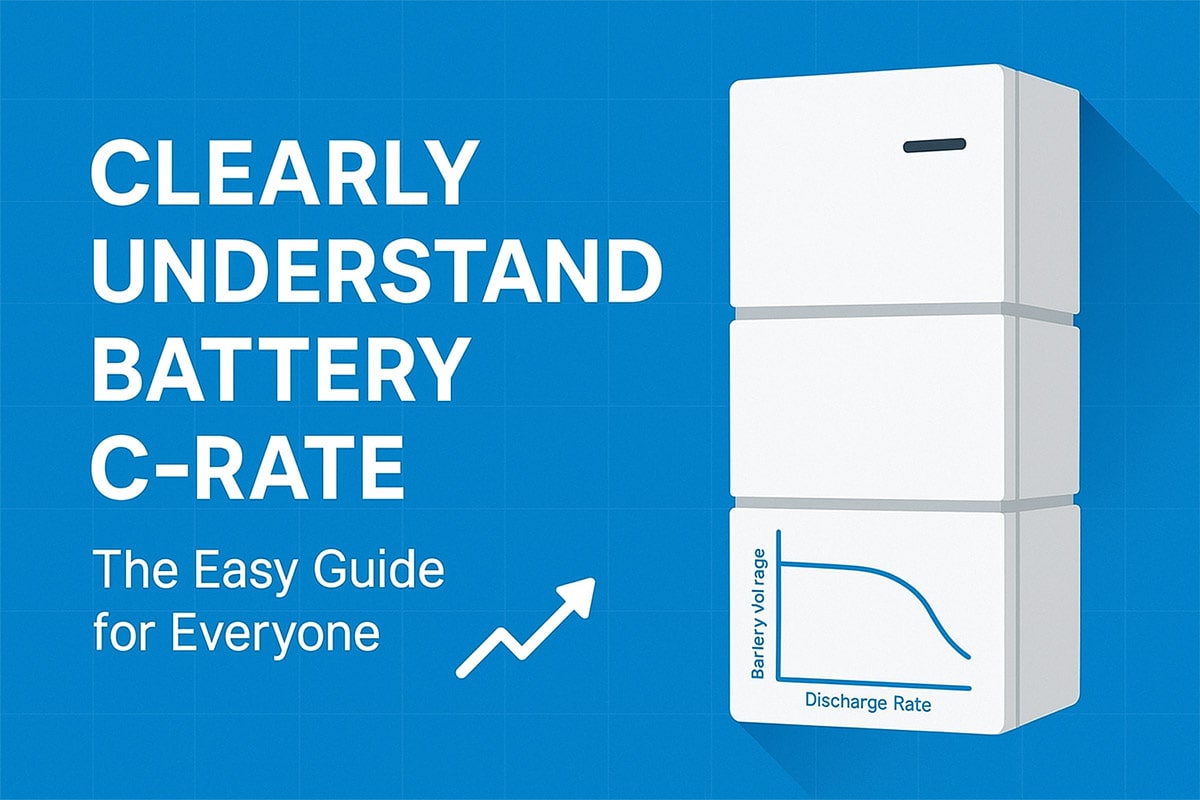How Much Power Does A 20KW Solar System Produce Per Day
How Much Power Does A 20KW Solar System Produce Per Day
Here is the working diagram of solar energy system.
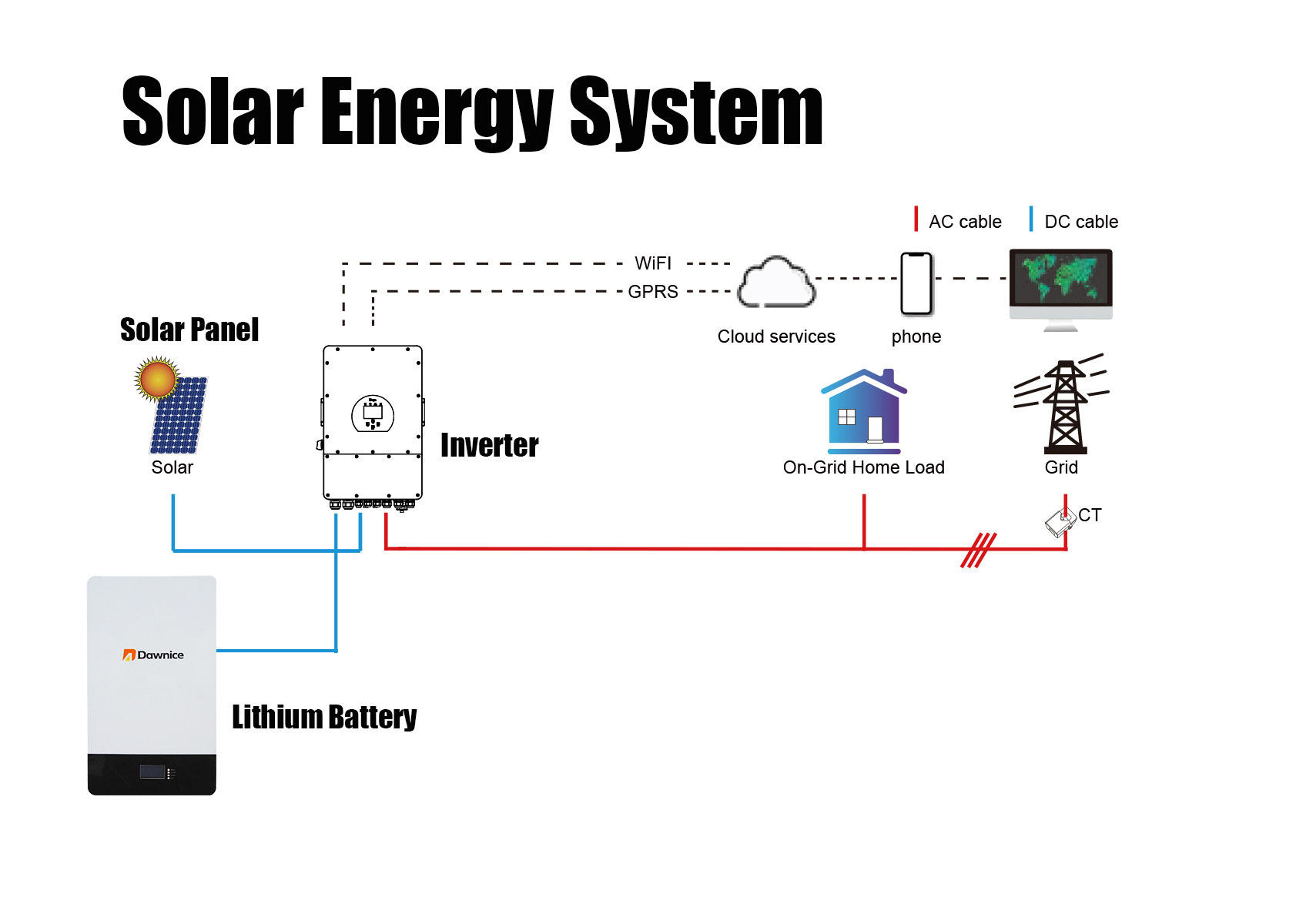
Note :“KW” is a measure of power, “KWh” is a measure of energy.
The solar energy system is composed of solar panels, solar controller, inverter and battery pack. The current version of inverter is integrated with solar controller.The solar energy system is divided into off grid solar power system, grid tied solar power system and Hybrid solar power system.
1.Off grid solar power system: It is mainly composed of solar modules, controllers and batteries. To supply power to AC loads, AC inverters are also required.
2.Grid Tied solar power system means that the direct current generated by solar modules is converted into alternating current meeting the requirements of the municipal power grid through grid connected inverter and then directly connected to the main grid. There are centralized large-scale grid connected power stations in the grid connected power generation system, which are generally national level power stations. The main feature is that the generated energy is directly transmitted to the grid, and the power is uniformly distributed by the grid to supply power to users. However, this kind of power station has not developed greatly due to its large investment, long construction period and large area. The decentralized small grid connected power generation system, especially the photovoltaic building integrated power generation system, is the mainstream of grid connected power generation due to its advantages such as small investment, fast construction, small floor area, and strong policy support.
3.Hybrid solar system: Off grid solar system+Grid Tied solar system. You can sell the electricity and storage the power to the battery as emgency backup power.
Here is the 20KW Hybrid Solar Energy System Products List:
Solar Panel: RSM40-8-400MB * 50pcs.
Solar Inverter: Deye 10KW hybrid inverter * 2sets
Solar Storage Battery: 40KWH LiFePo4 Battery (Stackable/Rackable)
Assume that there are 5 hours of effective sunlight in a day. During these 5 hours, we have 3.5h of strong sunshine and 1.5h of weak sunshine.
– 3.5 hours of peak sunlight (as you mentioned).
– 1.5 hours of less intense sunlight.
Let’s also assume the average efficiency of each solar panel as follows:-
– 67% of peak output during 3.5 hours of peak sunlight.
– 30% of peak output during 1.5 hours of softer sunlight.
During the 3.5 hours of intense sunlight, the panel will produce:-
0.8 x 400W x 50pcs x 3.5h = 56KWh
During the 1.5 hours of softer sunlight, the panel will produce:-
0.6 x 400W x 50pcs x 1.5 h= 18KWh
So the total energy produced by each panel throughout the day:-
56KWh + 18KWh = 74 KWh.
Considering that your use also includes night time, and you want to store power when there is no sun, you need batteries. You can match the battery according to the power used at night. The 20KW system is usually equipped with a 40KWh battery. You can also configure the battery capacity according to your actual use.
The above are simple mathematical calculations.
Besides, it is necessary to understand that the power generation of solar modules depends on many aspects, such as whether the azimuth and elevation angles are suitable, whether there are shelters around, and the lighting conditions and resources of the installation site etc.You need to know the installation latitude. The farther away from the equator, the more solar panels and batteries you need.
Sounds complicated, doesn’t it? Don’t worry, Dawnice supports One Stop Solar Solution. Please contact us for more information if you’re interested.

